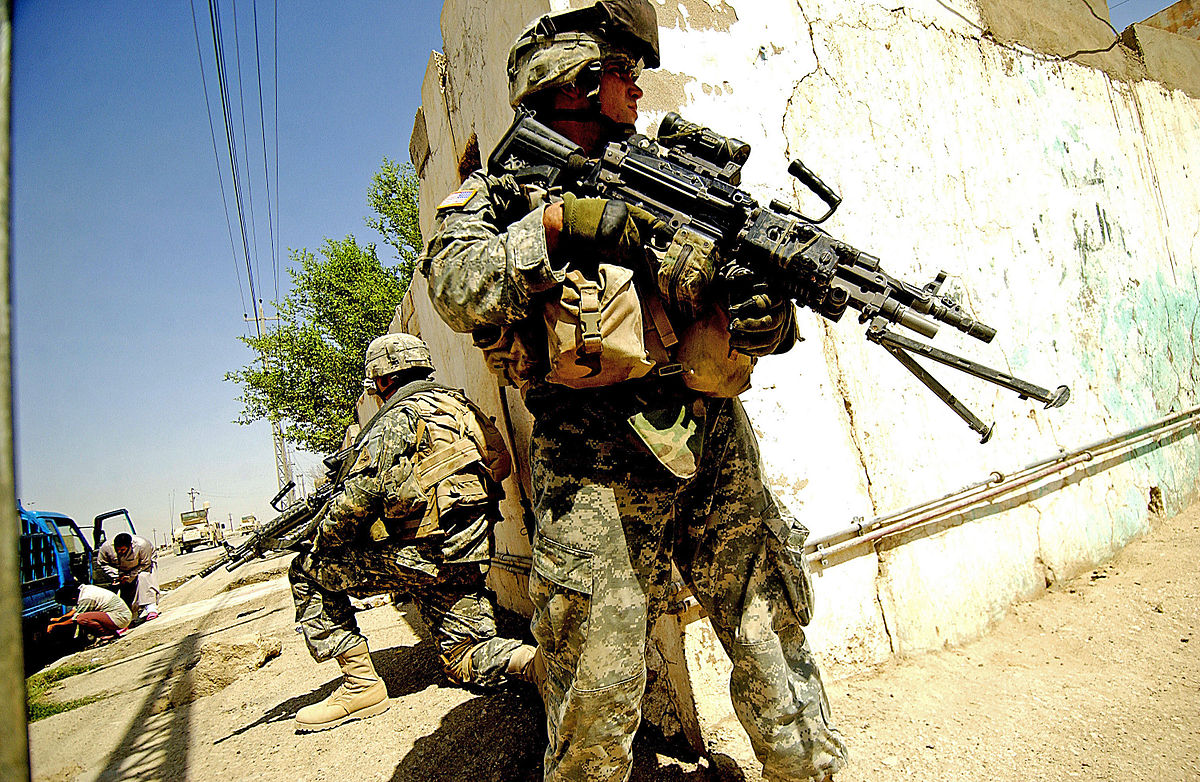
Occupation of Iraq
IraqThe Occupation of Iraq, from 2003 to 2011 began with the United States-led invasion in March 2003. The invasion aimed to dismantle the regime of Saddam Hussein, under the pretext of eliminating weapons of mass destruction (WMDs), which were never found. The swift military campaign led to the rapid collapse of the Ba'athist government.
Following Saddam Hussein's fall, the Coalition Provisional Authority (CPA), led by the United States, was established to govern Iraq. Paul Bremer, as the head of the CPA, played a crucial role in the initial phases of the occupation, implementing policies like the disbandment of the Iraqi army and the de-Ba'athification of Iraqi society. These decisions had long-term impacts on Iraq's stability and security.
The occupation period saw the rise of insurgent groups, sectarian violence, and a prolonged conflict that significantly affected the Iraqi population. The insurgency was marked by a variety of groups, including former Ba'athists, Islamists, and foreign fighters, leading to a complex and volatile security situation.
In 2004, sovereignty was officially returned to the Iraqi Interim Government. However, the presence of foreign troops, predominantly American forces, continued. The period witnessed several key elections, including the Transitional National Assembly election in January 2005, the constitutional referendum in October 2005, and the first parliamentary election in December 2005, marking steps towards establishing a democratic framework in Iraq.
The situation in Iraq was further complicated by the presence and actions of various militia groups, often along sectarian lines. This era was marked by significant civilian casualties and displacement, raising humanitarian concerns.
The U.S. troop surge in 2007, under President George W. Bush and later continued by President Barack Obama, aimed to reduce violence and strengthen Iraqi government control. This strategy saw some success in reducing the level of insurgency and sectarian clashes.
The U.S.-Iraq Status of Forces Agreement, signed in 2008, set the framework for the withdrawal of U.S. forces from Iraq. By December 2011, the U.S. formally ended its military presence in Iraq, marking the conclusion of the occupation period. However, the ramifications of the invasion and occupation continued to influence Iraq's political, social, and economic landscapes, setting the stage for future challenges and conflicts in the region.
